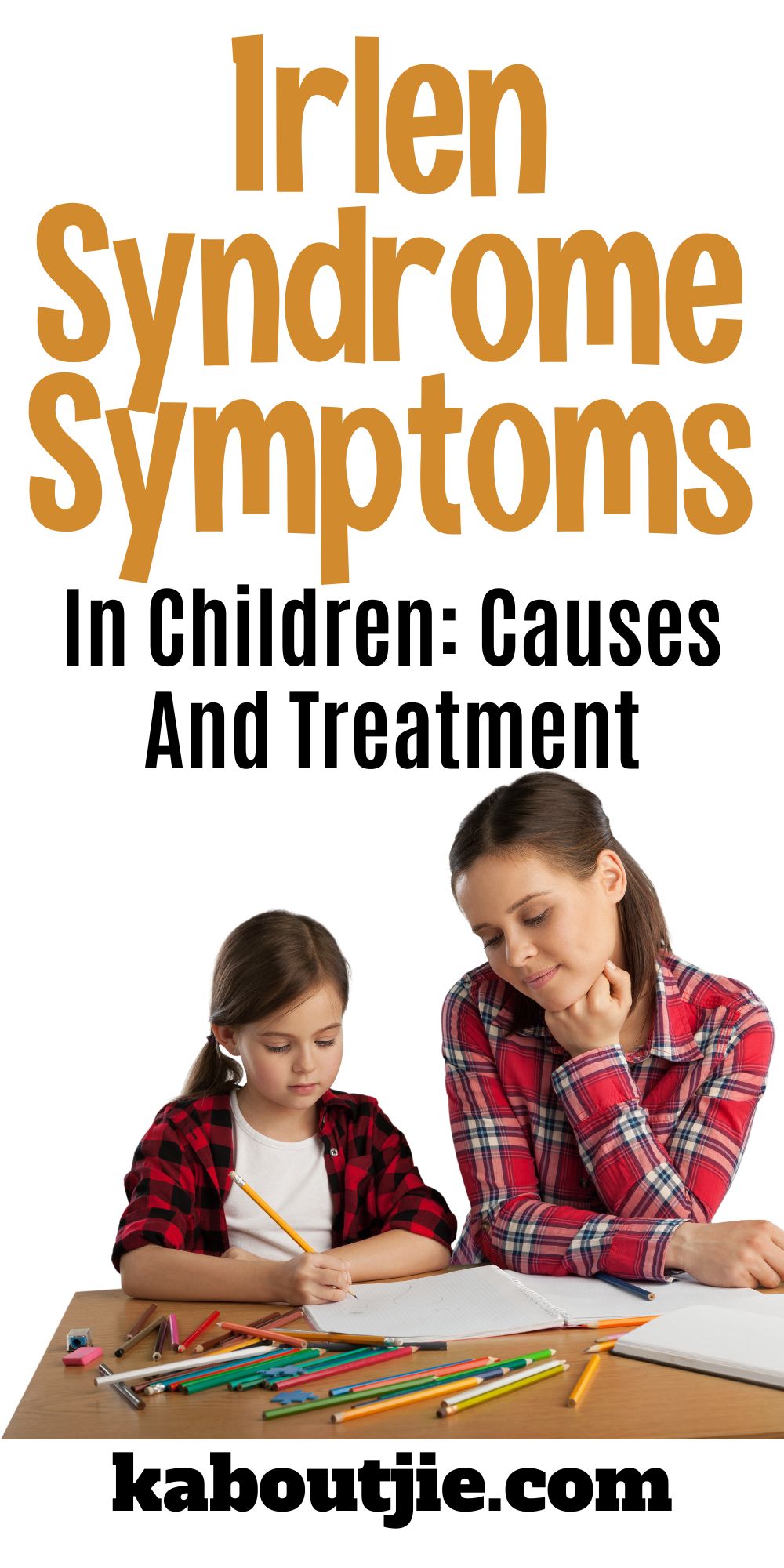Irlen Syndrome is also called Meares-Irlen Syndrome, visual stress, and scotopic sensitivity syndrome and is not an optical issue. Irlen syndrome is a scotopic sensitivity syndrome which affects the brain’s ability to process visual material. The syndrome tends to run in families and is not presently identified by systematised psychological, educational and medical tests. This syndrome can manifest itself inversely in different individuals and it is in many cases a lifetime obstruction to learning and performance.

What Causes Irlen Syndrome?
Scotopic Sensitivity Syndrome, or Irlen Syndrome is a visual processing issue that is caused by different factors that include head injuries, genetics, and inflammatory processes, for instance, Lyme disease. Children who have Irlen Syndrome might experience focus problems, anxiety, or migraines as the brain tries to adequately process visual data.
Most children do not have issues with reading black text on a white background. However, those struggling with Irlen Syndrome, can find reading disorienting and even painful. In severe instances, words are transformed into a disorganized and confusing sea of letters. For others, objects might seem further or closer away, or in different locations completely. Symptoms often resemble those of concussions that are sports related.
When Was Irlen Syndrome Initially Reported?
When you look at the history of different syndromes, Irlen syndrome is a moderately new syndrome in comparison to other processing and learning issues. It was initially recognized by an New Zealander, Olive Meares during the 1980’s who described some of the issues some of his students had when writing on or reading from white paper. American psychologist, Helen Irlen perceived other symptoms and labelled the syndrome scotopic sensitivity. She discovered the advantages of using coloured overlays in improving symptoms.
The Learning Research Association was established in 1996, with the name later reformed to the Irlen Foundation during 2014. Its primary aim was to raise awareness about the syndrome and that adults and kids alike who have the condition, are sensitive to, and are unable to process particular wavelengths of light. This can subsequently lead to various effects, including poor concentration, fatigue, headaches, issues with depth perception, difficulty writing and reading, and more.

Who Can Develop Irlen Syndrome?
Irlen syndrome can affect various populations, including those identified with learning and reading issues, ADHD (attention deficit disorder), headaches, migraines, discipline issues, autism, and traumatic brain injury. Even successful and gifted people can be influenced by this syndrome, often putting in the extra work and suffering more than necessary in order to succeed.
How Is Irlen Syndrome Diagnosed?
In some countries, like the UK, Irlen syndrome is not recognized as a medical condition yet. When an adult or child receives a diagnosis, they must generally book a consultation with a qualified optician. Apart from undergoing an eye examination, opticians also check for things like visual stress and light sensitivity after which they can offer advice and prescribe the appropriate tint that is applicable to the person.
Every person’s requirement for the correct tint for an overlay (or a pair of lenses or glasses) vary. It has also been noticed that using the incorrect colour can lead to more issues. Interestingly enough, even if Irlen Syndrome runs in your family, the required colour and tint will differ from one family member to the next.
Is Irlen Syndrome The Same As Dyslexia?
There are some symptoms that overlap with Irlen Syndrome and Dyslexia, and many people are under the impression that dyslexia is the same as having Irlen Syndrome. However, nowadays the two have been differentiated and are known as being two separate conditions. Nonetheless, in some cases, an individual will have both conditions.
Irlen Syndrome can manifest itself in a different way for each person. It is something that will affect different areas of a person’s life.
The most commonplace areas that are impacted include:
- Attention
- Work and Academic Performance
- Behaviour
- Concentration
- Inability to sit still

Irlen Syndrome Symptoms
As mentioned before, a person suffering from Irlen Syndrome might be affected in different ways. Below are some of the issues that a person suffering from Irlen Syndrome experiences.
Light Sensitivity
- Bothered by sunlight, glare, fluorescent lights, and in some cases lights at night.
- Some children have physical symptoms that include dizziness, fatigue, irritability, and anxiousness. Others might experience mood changes, difficulty to stay focused (especially with bright lights), headaches, restlessness, etc.
Physical Discomfort
- Feeling restless or fidgety
- Sleepy or tired
- Watery or painful eyes
- Nausea or headaches
- Fatigue and strain
Reading Issues
- Improper comprehension
- Reading in dim light
- Misreading words
- Avoids reading
- Issues with tracking from one line to the next
- Skips lines or words
- Loses their place
- Reading hesitantly and slowly
- Taking breaks
Writing Issues
- Having trouble with copying
- Writing down or uphill
- Writing letters with unequal sizes
- Spelling inconsistently
- Spacing letters unequally
Concentration And Attention Issues
- Having issues with concentrating when doing academic tasks and reading
Children may have other conditions like attention deficit disorder and are prescribed medication unnecessarily.
Distortions
The words on the page might seem like they are lacking stability or clarity, for instance, appearing blurry, as if they are disappearing, or moving.
Depth Perception
- The child will struggle with judging distances
- Clumsiness
- Adults require extra caution when driving
- Having difficulty with catching balls
Other Issues Linked To Irlen Syndrome
- Making sloppy and careless mathematical errors
- Lacking motivation
- Strain or fatigue when using a computer
- Misaligning numbers in columns
- Having difficulty with reading music
- Not using study time efficiently
Can Irlen Syndrome Be Treated?
Irlen syndrome can be treated by applying colour. The brain processes light waves of different lengths since some colours or different colours can irritate the brain. To treat this condition, particular wavelengths are filtered out in order to correct the visual processing discrepancy. Once testing is completed, a coloured overlay is chosen that will best correct the child’s visual problems. Tinted contact lenses or glasses that are designed for filtering out the disrupting light wavelengths can offer further assistance. This treatment is non-invasive and the results are in most cases dramatic and immediate.
Conclusion
Correcting Irlen Syndrome in children can result in improved motivation, academic performance, comprehension, and self-esteem.
If you suspect that your child is suffering from Irlen Syndrome, get your child screened by a certified diagnostician or Irlen Screener. Don’t let another year pass for your child without the ability to process visual information and experiencing reading issues. Let the science of colour improve your child’s quality of life.
 Kaboutjie SA Mommy Blogs by Lynne Huysamen
Kaboutjie SA Mommy Blogs by Lynne Huysamen





This is very helpful thank you got this review it is much appreciated.
thank you for sharing this. It is very insightful